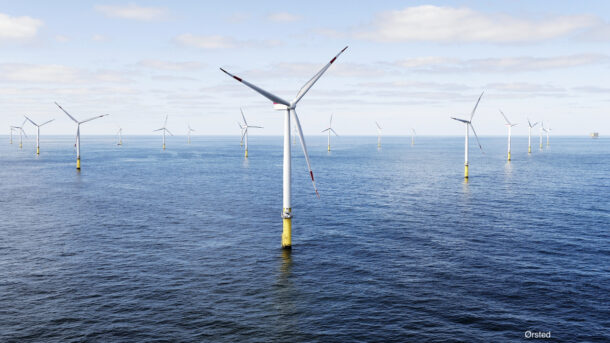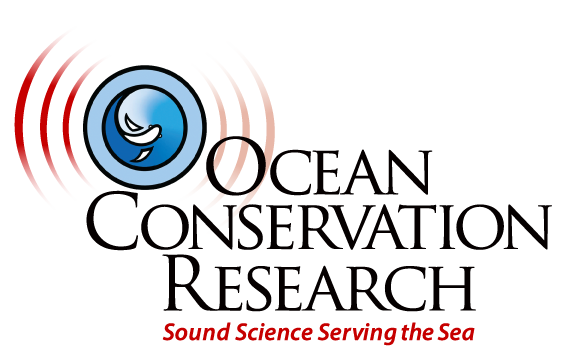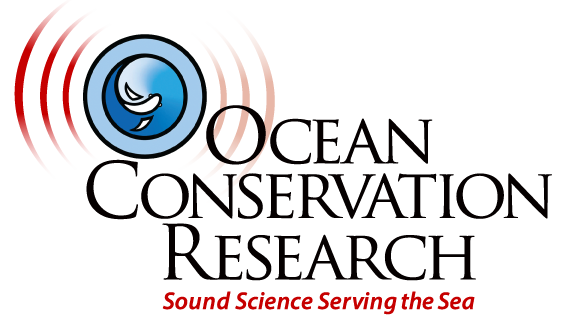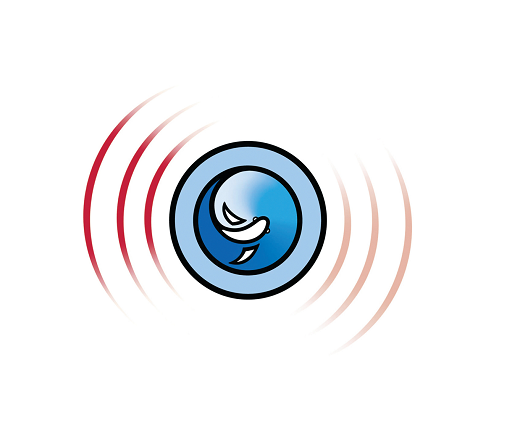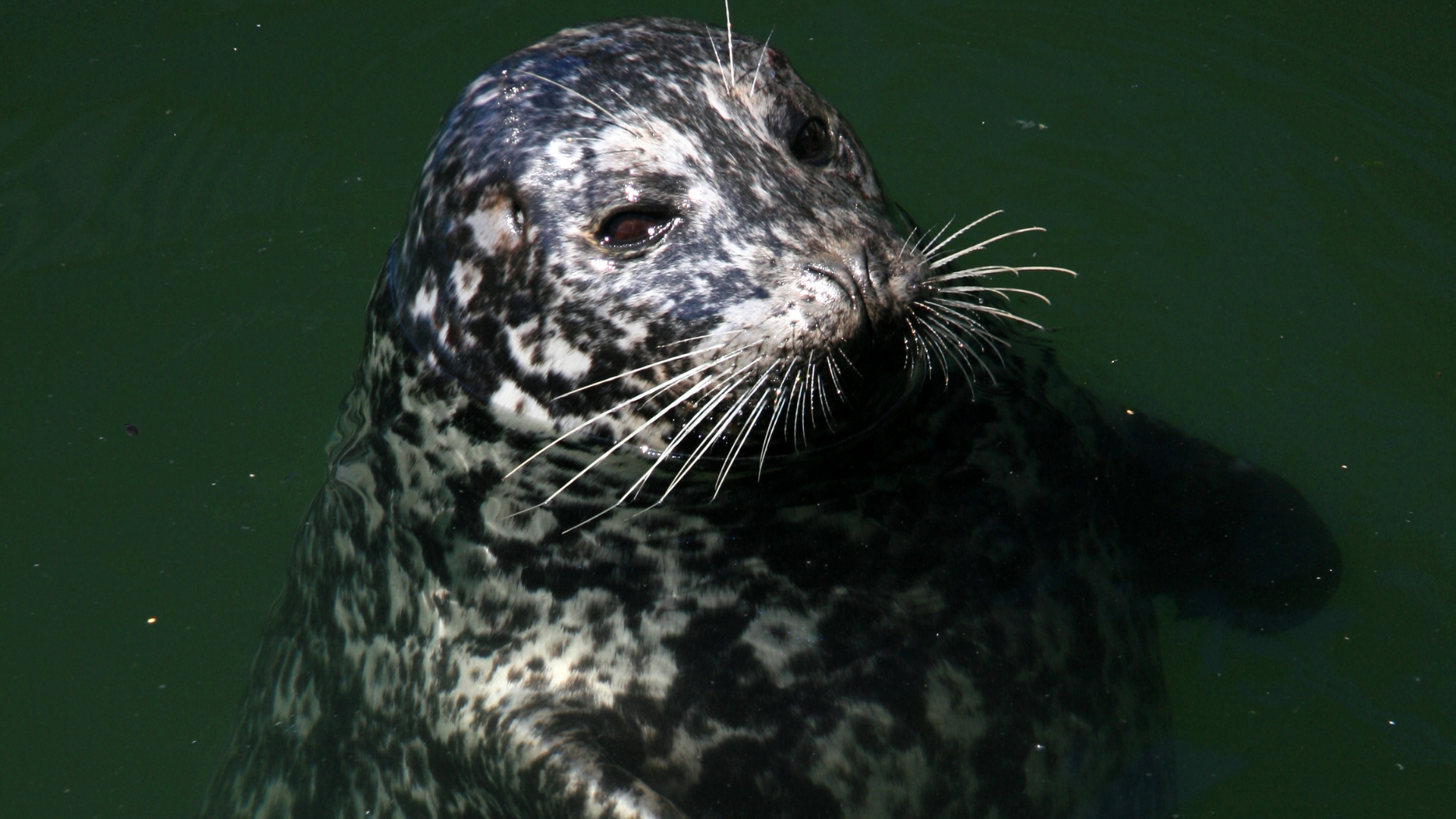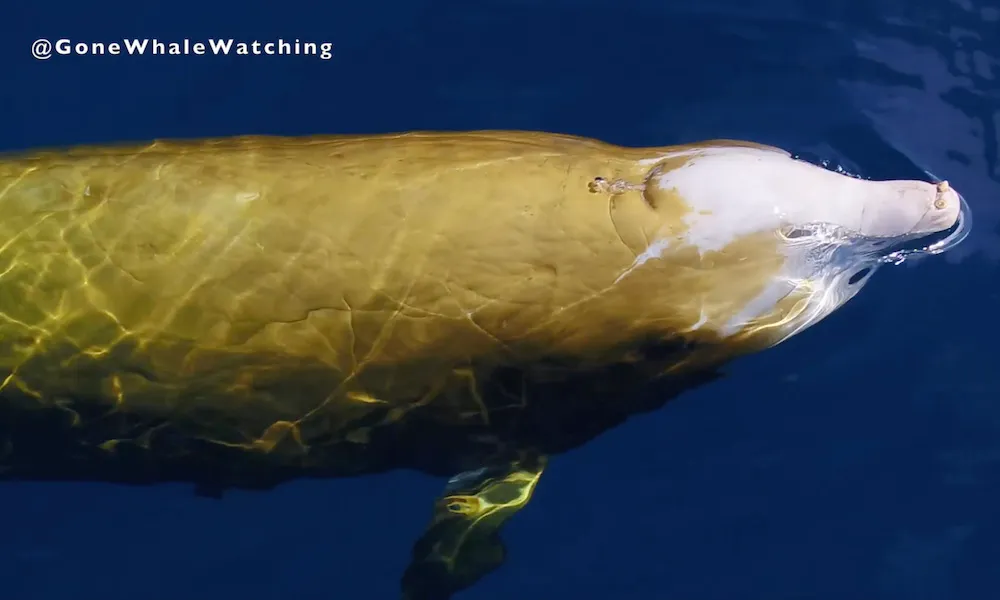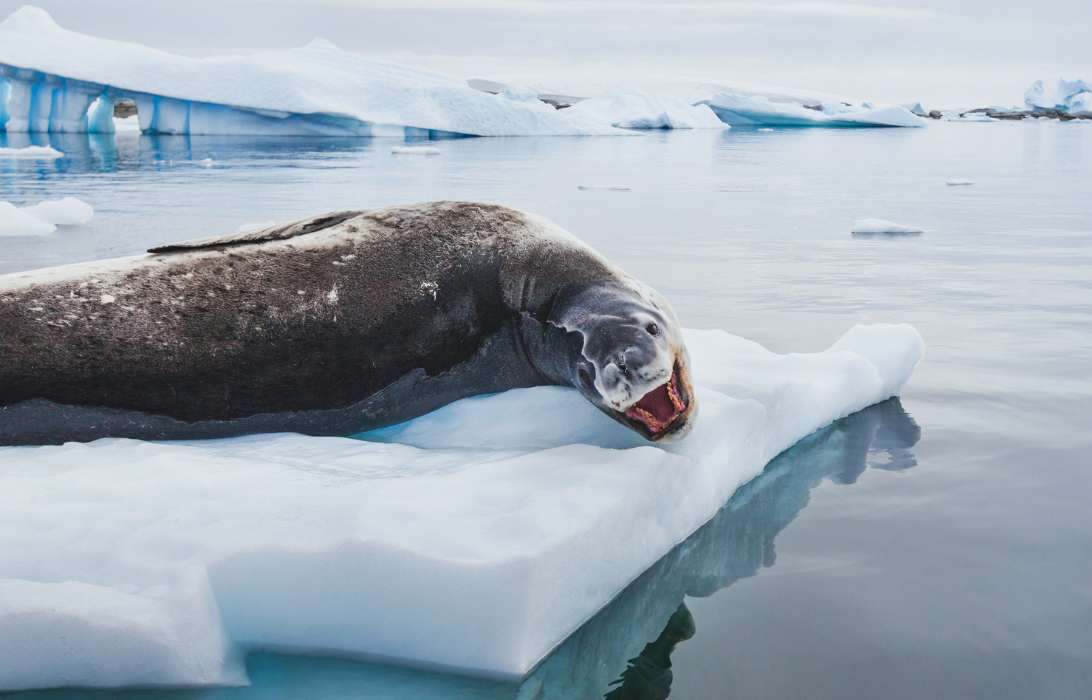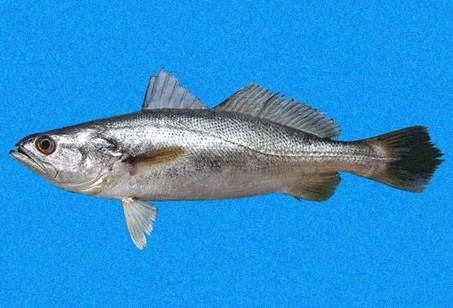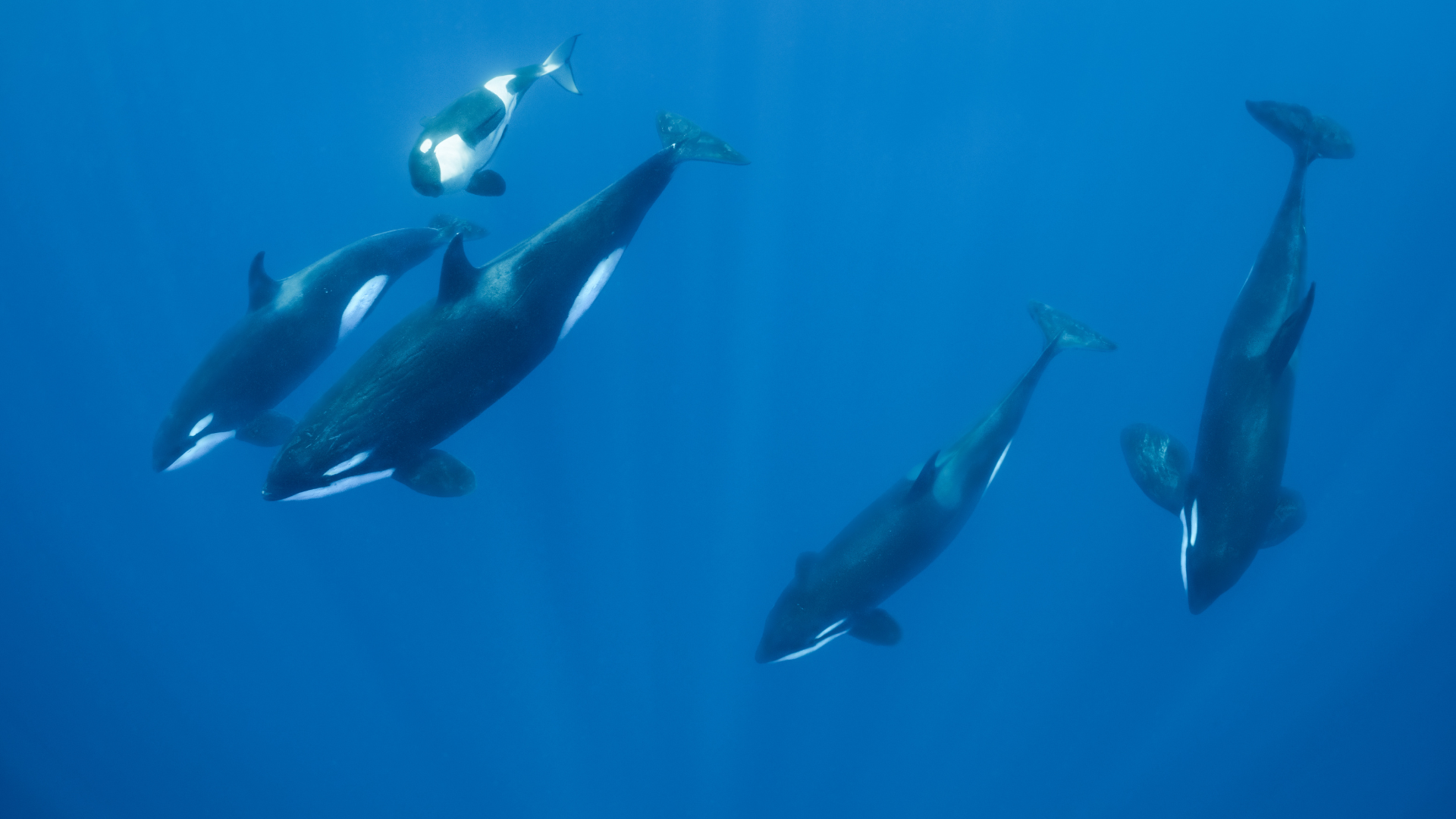Offshore Energy
Increasingly energy is being converted from natural sources such as wind and tidal swings. While these sources are marked improvement over fossil fuels in terms of global impacts, offshore energy comes with its own set of problems; noise being one.
From installation through operation we can anticipate various noises to be generated. Installation often requires anchoring some structure to the seafloor. This is most often done with piles driven into the substrate. The piles are typically hammered in, transmitting a significant amount of acoustical energy into the surrounding environment.
One of the big concerns with wind turbines is the noise of the gearbox being transmitted down the mast into the water. There are ways of decoupling this, but at some cost. Another concern is the “thwap” noise generated by the tip vortices as they pass by. While the noise of one turbine may not be problematic, wind farms are being planned and installed which will include hundreds to thousands of turbines. These large aggregations spread across hundreds of square kilometers of the ocean may create soundfields that distract or disrupt acoustical adaptations which have evolved over millions of years.
Tidal technologies may bring their own sets of noises: The creaking of thousands of hinges, cavitation behind countless propellers, the thrashing of hundreds of swell-capture devices will all have some acoustical impacts. It remains to be heard whether they are a problem or not. But we do know that fossil fuel is killing the planet and we must weigh in as to what (or how) we are willing to sacrifice to keep up with our energy demands.
